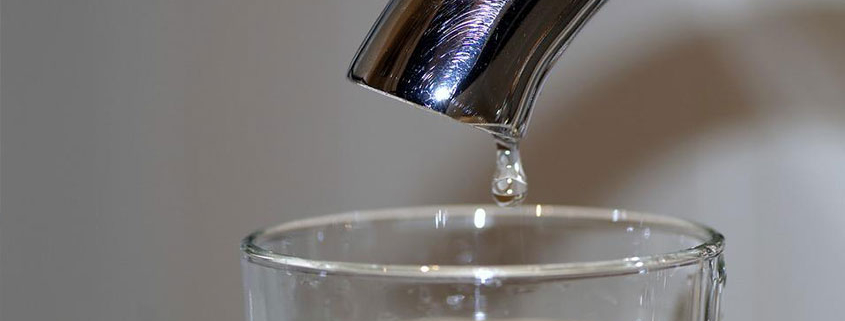A deep dive into tap water and tap water filters
Is tap water safe to drink?
Tap water goes through a treatment process where chemicals are added to disinfect the water. In Australia, the most common of these chemicals are chlorine, fluoride and aluminium. The level of these chemicals in tap water are deemed ‘safe.’ But if you are reading this article, you probably don’t want to be ingesting even the smallest amount of these chemicals if you can avoid it. Tap water is still going to give you the necessary hydration to function in your day to day life. Still, we know these chemicals in higher concentrations can have adverse health effects over a lifetime.
So what is healthy water?
On the other hand, healthy water is tap water that has been filtered or purified to remove these unnecessary pollutants. Some people filter their water just because it tastes better, but many others are trying to eliminate their consumption of these contaminants. Whilst healthy water can come in different forms; the term encompasses all types of water which aim to provide contaminant-free drinking water.
What does pH have to do with drinking water?
In the simplest terms, pH measures how acidic or alkaline a liquid substance is. If a substance has high alkalinity, it means it can neutralize higher amounts of acid. On the flip side, acidity is needed in substances to buffer the alkalinity. Water too high in alkalinity can make the human body unable to metabolize key nutrients. The two go hand in hand! And that’s where pH comes into play, giving you a numerical value to the balance between these two forces.
What pH level should drinking water be?
The pH scales range from 0 to 14. The lower the pH is, the more acidic it is; the higher pH means it’s more alkaline. Therefore water with a pH of 7 would be the purest drinking water, with the ideal pH range of drinking water between 6.5 to 8.5. We’ve run you through chlorine and what pH means in tap water, but what else should you be looking out for whilst you’re determining if tap water is safe to drink?
Let us tell you about TDS
TDS stands for total dissolved solids and measures the amount of dissolved organic and inorganic solids present in water. Total dissolved solids in water are inorganic salts, including calcium, sodium, chloride, magnesium, sulphate, potassium cations, carbonate and hydrogen carbonate. These substances can arise from both natural sources and human activity. For example, there may be a high salt content due to water flowing over a salty natural landscape or contamination due to runoff from an urban, agricultural or industrial environment.
How to check TDS in water at home
You can buy small hand-held meters online to check the levels of TDS in your tap water. They are easy to use; just make sure you follow the manufacturer’s instructions. The World Health Organisation stated an excellent level of TDS found in water should sit at less than 300 milligrams per litre. A range of 300-600 is deemed good, whilst 600-900 is fair. Water with a TDS of 900-1,200mg per litre is classed as poor, with over 1,200 an unacceptable level. Keep in mind researchers have found water with an extremely low level of TDS can have a terrible taste.
How do water filters work?
Water filtration systems use a physical barrier to block or trap contaminants from passing through. A water filter system consists of ceramic or polypropylene filters where tightly packed fibres create a screen, trapping any pollutants from passing through the other side. Keep in mind these filters eventually get clogged by all this trapped matter and need changing. What’s the best water filter system, we hear you ask? Thankfully, as more people are unhappy with their tap water quality, more products are becoming available.
A water pitcher is the most common way to filter your water at home, along with a faucet filter, countertop filter, or under-sink filters growing increasingly popular. When you’re on the go, we love using filtered water bottles, and you can even get filtered straws for optimal portability! The best option for you depends on the needs of your household, a filtered water bottle may be all you need, or you could install a whole house filter.
We can only recommend the products we have tried and tested, the Puritii Tritan Water Bottle is ideal for when you’re out and about, but if you want your tap water to be transformed into healthy water, the Puritii Water Filter 2.0 is the simplest way to do so. We hope this deep dive into tap water and filtered solutions has given you the tools to ensure you are drinking the healthiest water possible!





Leave a Reply
Want to join the discussion?Feel free to contribute!